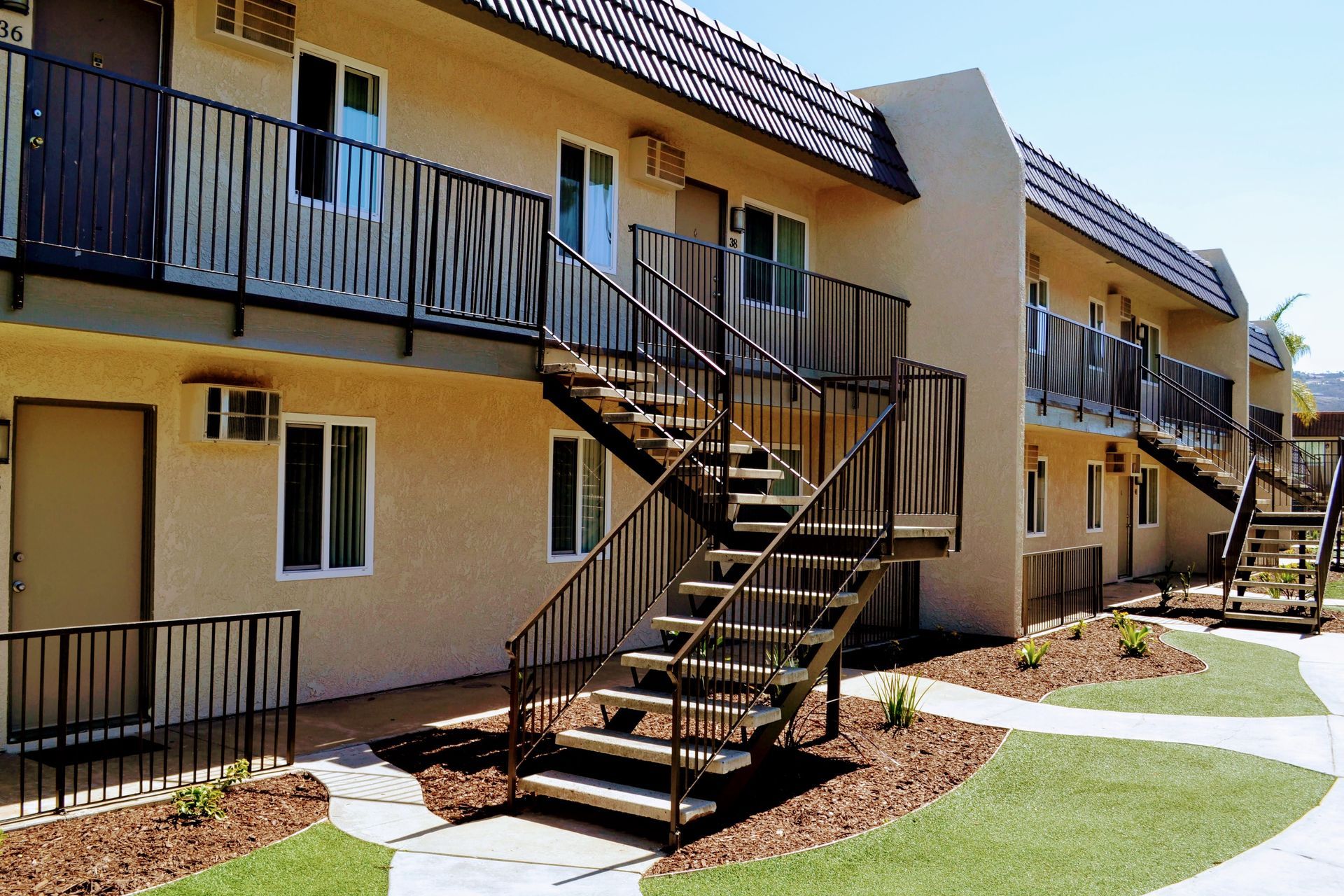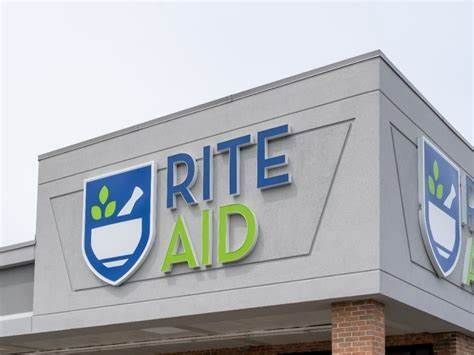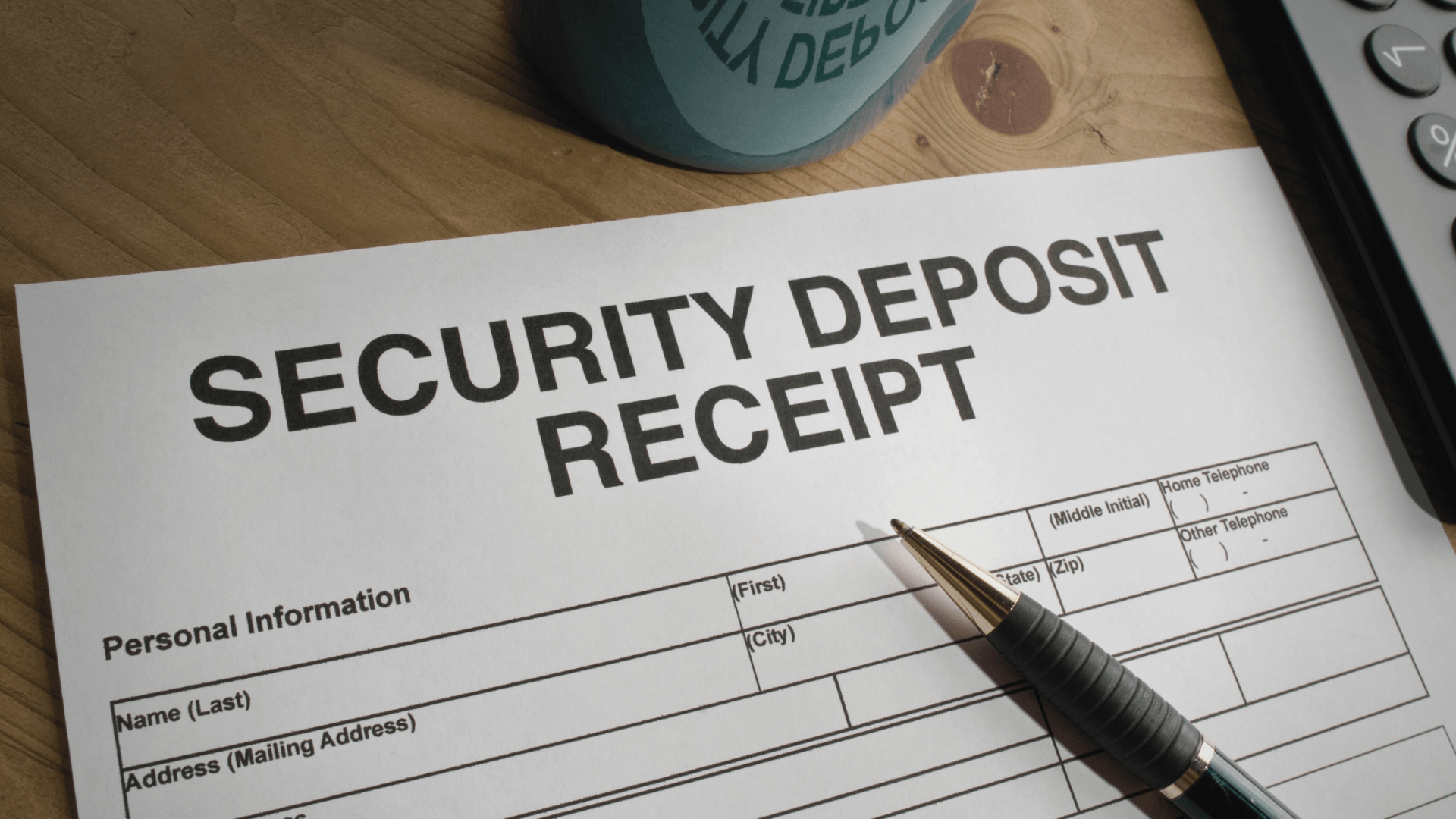6 Easy Ways To Make Your Post-Pandemic Office Feel Less Dystopian
Hundreds of thousands of words have been written about the role of the office in a post-coronavirus world, and how it should function while the virus is still with us. But as is often the case, theory and practice have not been matching up.
“What became obvious to us when we came back to the office in the summer was the scale of the disconnect between the office we were talking about when we were speaking to clients during lockdown and the experience that their colleagues found when we actually came back to the office,” LOM Architecture & Design Director John Avery said on a Bisnow webinar last week.
The real estate world has spent a long time talking about the office as a space for collaboration and how social interaction is the magic that makes offices tick. But enabling this while keeping workers socially distanced has not proved easy.
“People came back to their offices and found spaces that were often a little bit dystopian, partly because of limited attendance, partly because of safety measures,” Avery said.
Here are six solutions to try and make the office a space for collaboration, while keeping people safe, that should be easy to execute and shouldn’t break the bank.
Ditch The Desks
If you aren’t using desks, then get rid of them; otherwise, they are taking up space that can be used to experiment.
“In the short term, people are going to need more space, so take out desks wherever you can,” Avery said. “You’re probably only using half of them anyway. Take them out, create some more open, flexible space, which enables you to have some distanced meetings — anyone who has tried to orchestrate a meeting will know that once you have more than a few people, to stay socially distanced you need a lot of space.”
In the longer term, this allows you to try new configurations and flexible furniture, which will gradually allow you to find longer-term flexible solutions needed.
If You Can’t Ditch Them, Make Desks Pretty
Where desks aren’t being used, don’t put a big “out of use” sign on them, Avery said. He suggested finding more appealing ways to block out the space, like putting plants on a desk that isn’t in use to make a lovely green interior landscape or putting artwork on it.
Think Outside The (Square) Box
Famously, during the Good Friday peace talks in Northern Ireland, the Democratic Unionist Party wanted the two sides in the talks to sit opposite each other, to show that they were still adversaries. The Sinn Fein party wanted to sit next to the DUP, to show that they were partners and equals in the new government. The solution? A diamond-shaped table, so they were opposite and alongside each other at the same time. Similar creativity with tables can help collaboration in the office.
“There was some really interesting guidance around catering that came out of Korea, and one of the things that came out of that was to put your tables in zigzags,” Haletton Director Hanayyah Sutton said. “That means that people can still collaborate and communicate while distanced, just by changing the arrangement of the seating. There are some really simple and effective things you can do.”
Get The Right Message Across
A lot of messaging has gone into stressing the safety elements of how people need to use the office, and the same amount of effort needs to go into the positive elements of returning to work, Avery said. “So signage saying ‘welcome back’, stressing the positive things that businesses do to support people, is important.”
Tech To Help People Who Aren’t Physically Present
You need to consider the significance of technology and space, which will need to complement each other in a different way from now on.
“Collaboration is the reason people feel the need to come to the office, but I don’t think we’ll always have 100% of people present in the office anymore,” Sutton said. “So people won’t always physically attend sessions. Things like smart, digital whiteboards, where you can have that feeling of attending a meeting, but virtually, will be key.”
Take The Stairs
If lifts are busy or can’t be used, why not make use of the stairwell?
“A lot of our clients have very utilitarian stairwells, so can they be improved using graphics or lighting,” Avery said.
Property
Management Made Easy
Customized Pricing Plan to Help You Maximize Your Investment Returns
Take the First Step Towards Effortless Property Management
Take the First Step Towards Effortless Property Management
We will get back to you as soon as possible
Please try again later

P.O. BOX #1489
TORRANCE, CA 90505








